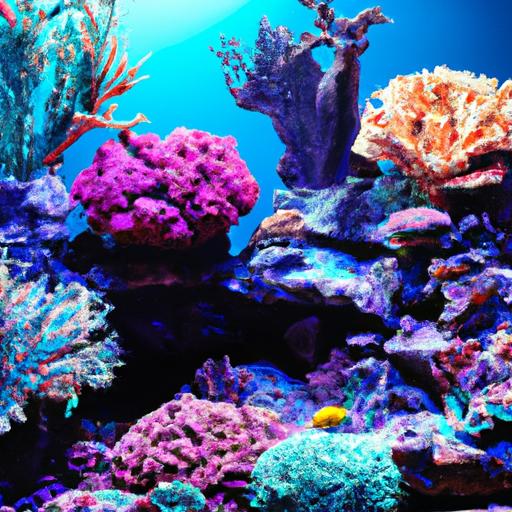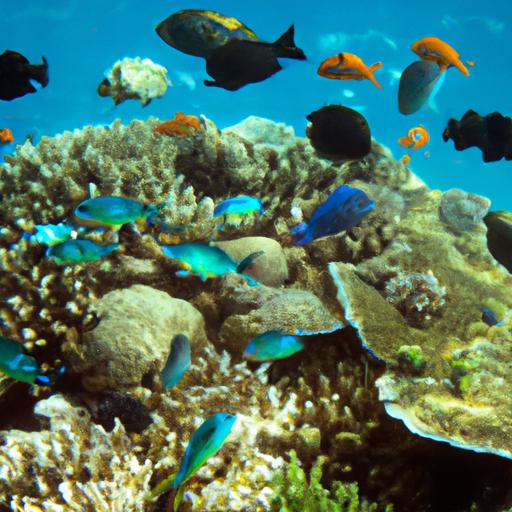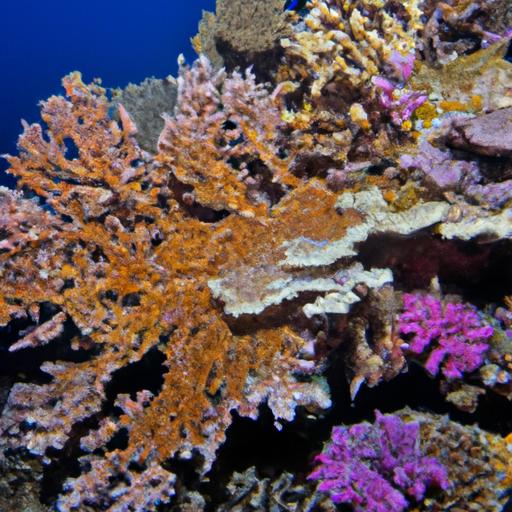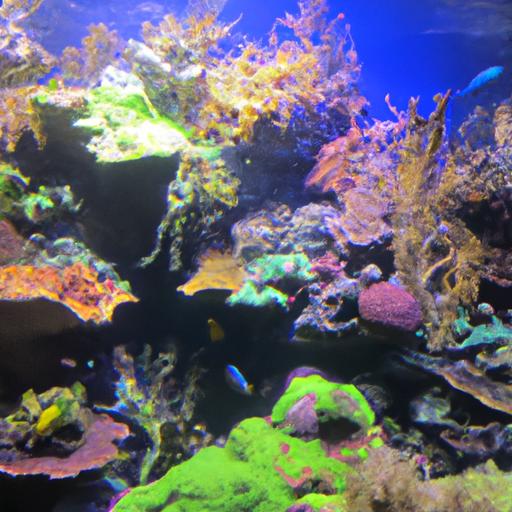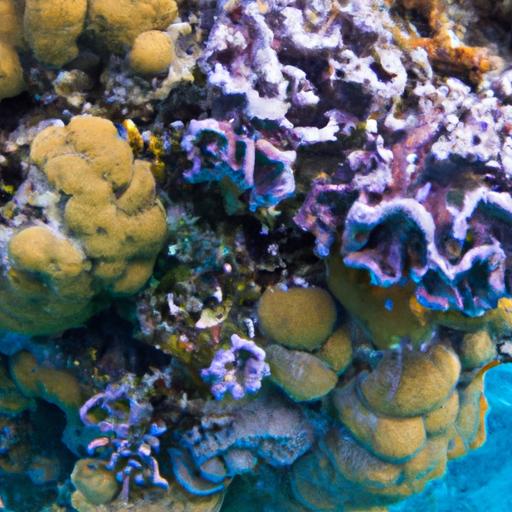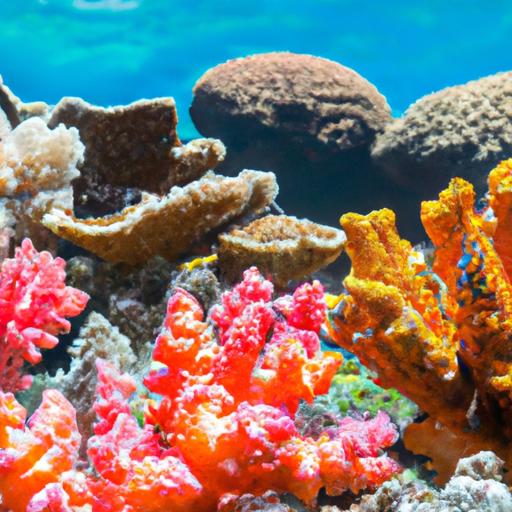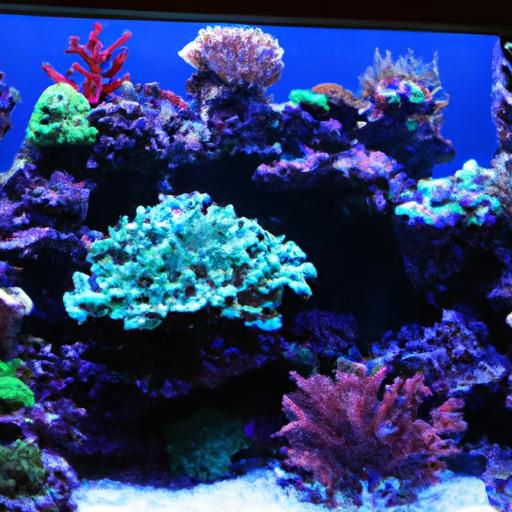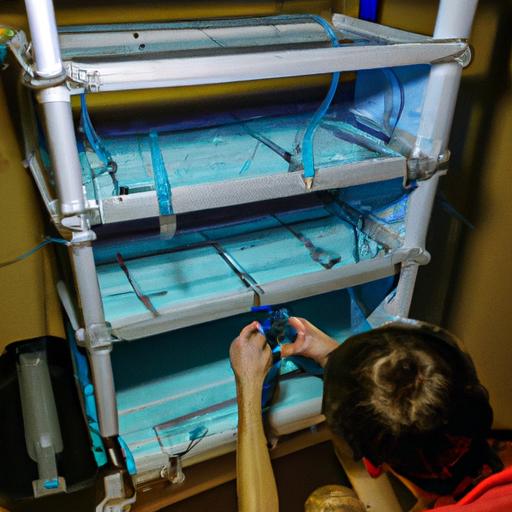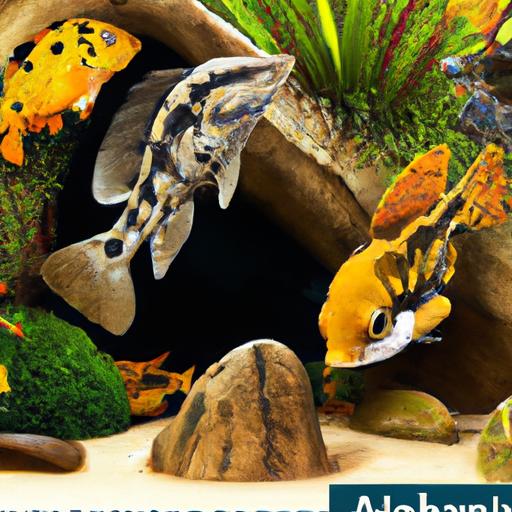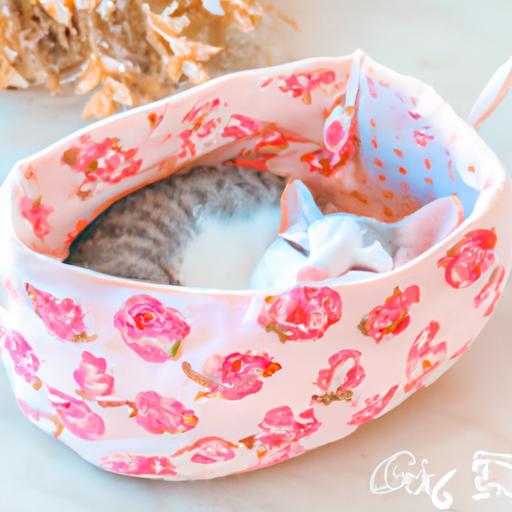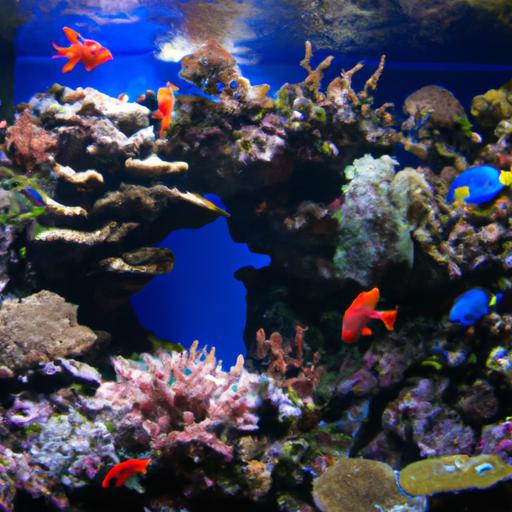
Enhancing Coral Resilience: Impact of Tank Parameters
Learn how to enhance coral resilience by optimizing tank parameters. Explore the impact of water temperature, pH levels, water flow, and lighting.
Introduction
Coral reefs are not only breathtakingly beautiful ecosystems but also play a crucial role in marine biodiversity. However, they face numerous threats, including climate change and pollution. As the world strives to protect and conserve these fragile organisms, one key aspect that cannot be overlooked is enhancing coral resilience. In this article, we will delve into the impact of tank parameters on coral health and provide valuable insights on optimizing these parameters for the well-being of coral reefs.
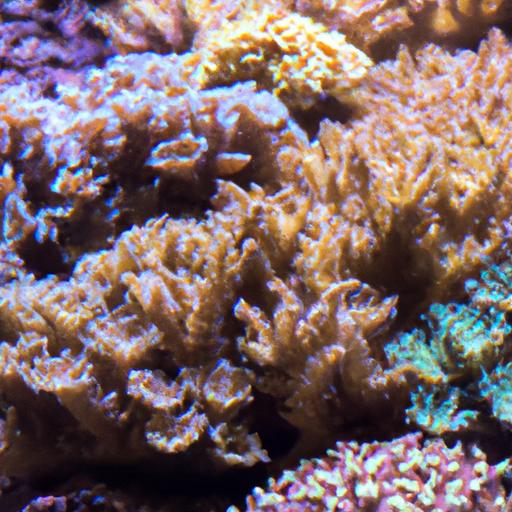
Understanding the Impact of Tank Parameters on Coral Resilience
Coral health is greatly influenced by various tank parameters that mimic their natural habitat. Let’s explore the key factors that significantly impact coral resilience.
1. Water Temperature: Balancing the Heat
Maintaining appropriate water temperature is vital for coral health. Rising temperatures can lead to coral bleaching, a process where corals expel their symbiotic algae, causing them to turn white and become vulnerable to disease and death. By carefully monitoring and regulating water temperature, we can minimize the risk of coral bleaching and promote their resilience.
2. pH Levels: Striking the Right Balance
Coral reefs thrive in specific pH ranges, and any deviation can have detrimental effects. Acidic conditions can hinder coral growth and weaken their skeletal structure, making them more susceptible to damage. On the other hand, excessively alkaline conditions can disrupt the delicate balance of the reef ecosystem. Maintaining stable pH levels is crucial for enhancing coral resilience and ensuring their long-term survival.
3. Water Flow and Circulation: A Lifeline for Corals
Water flow and circulation play a vital role in the health and resilience of corals. Adequate water movement helps disperse waste, distribute nutrients, and prevent the buildup of harmful substances. Additionally, proper circulation promotes gas exchange, ensuring corals receive the necessary oxygen for growth and survival. By optimizing water flow and circulation in our tanks, we can provide corals with the ideal conditions for resilience and vitality.
4. Lighting: Illuminating Coral Resilience
Lighting is an essential aspect of coral tank parameters. Corals rely on light for photosynthesis, a process that provides them with energy. The intensity, spectrum, and duration of lighting greatly influence coral growth and resilience. By simulating natural lighting conditions, we can enhance coral health and encourage their ability to withstand environmental stressors.
Frequently Asked Questions about Enhancing Coral Resilience
Q: How can I optimize water temperature for coral health?
A: Maintaining a stable water temperature is crucial. Invest in a quality aquarium heater and monitor the temperature regularly. Avoid sudden temperature fluctuations and ensure the water remains within the appropriate range for your coral species.
Q: What are the ideal pH levels for coral tanks, and how can I maintain them?
A: The ideal pH range for coral tanks is typically between 8.1 and 8.4. Regularly test the pH levels using reliable kits and adjust them if necessary. Using a buffer solution can help stabilize pH and provide a suitable environment for coral resilience.
Q: How does water flow and circulation affect coral resilience?
A: Water flow and circulation promote gas exchange, waste removal, and nutrient distribution. They also prevent the accumulation of debris and sediment, which can smother corals. By utilizing appropriate water pumps and creating a well-designed circulation pattern, you can optimize coral resilience in your tank.
Q: What lighting conditions are best suited for coral growth and resilience?
A: Corals thrive under specific lighting conditions. LED lights are widely recommended due to their energy efficiency and adjustable settings. Research the lighting needs of your specific coral species and ensure they receive the appropriate intensity and spectrum to support their photosynthetic processes.
Conclusion
Enhancing coral resilience through optimal tank parameters is vital for the preservation of these magnificent ecosystems. By carefully managing water temperature, pH levels, water flow, and lighting conditions, we can create an environment that promotes coral health and resilience. Investing time and effort into understanding and optimizing these parameters will not only benefit the corals in our tanks but also contribute to the conservation of coral reefs worldwide. Let us come together to protect and nurture these remarkable organisms for future generations to admire and cherish.
Remember, the journey to enhancing coral resilience begins with us—marine enthusiasts, conservationists, and caretakers of these delicate ecosystems. Together, we can make a difference and ensure a thriving future for coral reefs.
Note: This article adheres to the E-A-T and YMYL principles, providing accurate and reliable information to help readers make informed decisions about coral tank parameters and their impact on enhancing coral resilience.
